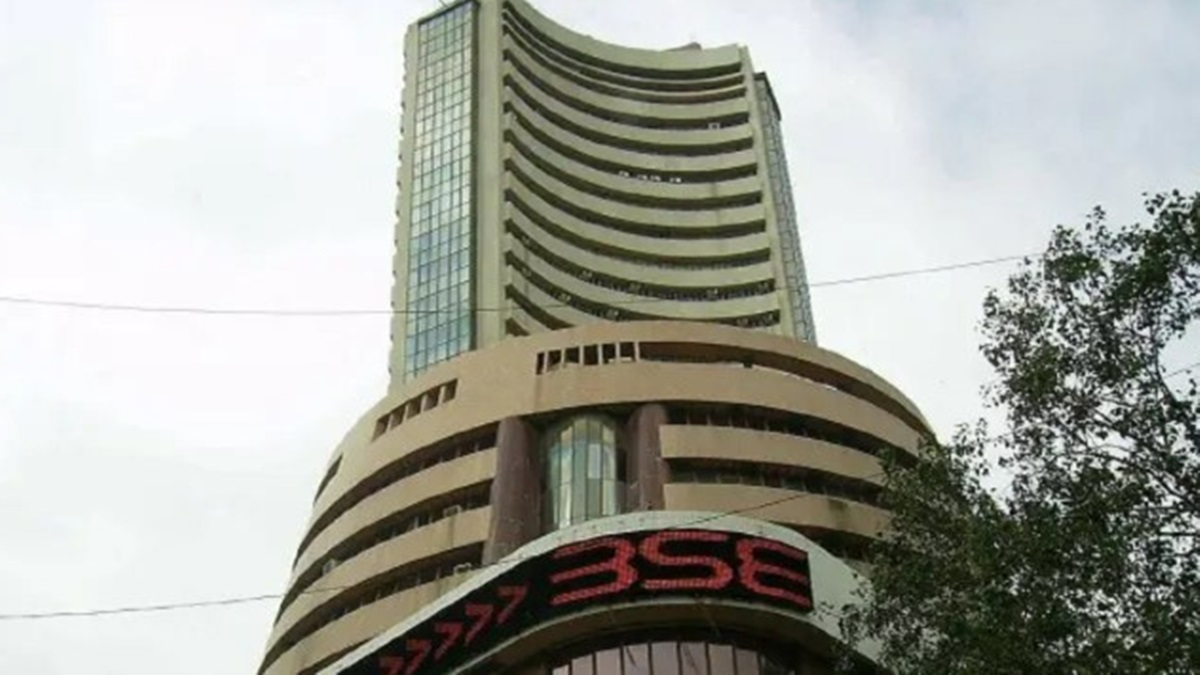By VK Sharma
The Nifty touched an all-time high of 21,492 on Friday. The benchmark rose for the seventh week on the trot. During the calendar year, the Nifty has gained 18.51%, of which 14% has come only in the last seven weeks.
On the lower side, a very strong support exists at the previous high of 20,222 recorded in September 2023. This level almost coincides with the trend line formed by joining the October 2021 and December 2022 highs.
But those looking for a closer support level, the gaps that have been created by the Nifty, during its sharp move up in the past seven weeks, will be of interest to traders. The first gap exists between 20,950 and 21,074 created last week, and the other between 20,291 and 20,507 earlier in the month. For those hoping for the gaps to be filled, it would be nice to remember that it is not necessary for gaps to be filled. This fear that markets may reverse to fill the gap prevents a trader or investor from participating in any upside movement.
While the RSI is in the overbought zone, one should remember that in a bull run, the markets could continue to be in the overbought zone for a considerable period. Since there is no negative divergence, one can continue to be invested and traders should respect their stop losses.
The recently concluded elections have given hopes to the markets that the 2024 election outcome is likely to be positive for the markets and the nation. The US Fed has given a dovish guidance that there may be three rate cuts in 2024. This has given a boost to global markets. Crude oil has corrected significantly. The rupee has appreciated against the dollar, and FIIs have turned buyers again. All these developments augur well for our markets.
The markets are at an altitude at which they have never been before. A clear blue sky greets the investors. The only limitation is the money one has is limited. You may be tempted to throw caution to the winds… Don’t.
(The writer is a market veteran with 34 years of experience. He retired from HDFC Securities as head of PCG and capital market strategy)




